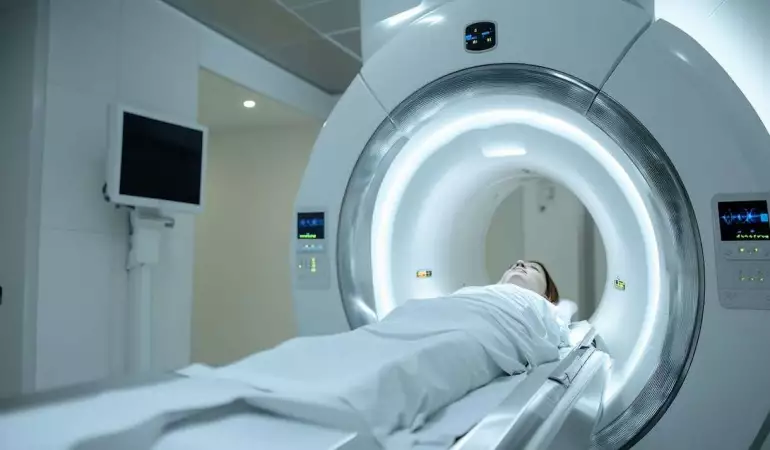Revolutionising cancer treatment: a new one-second technique could replace radiation
Cancer treatment is approaching a revolutionary turning point. At its epicentre is an innovative technique called FLASH radiotherapy, which delivers radiation in less than a second. Lightning radiotherapy promises a safer and more effective treatment that offers new hope for patients.
January 28, 2025 14:39
First demonstrated in 2010
Conventional radiotherapy is the cornerstone of cancer treatment. Typically, the tumour is irradiated with radiation for a few minutes over several dozen sessions.
Although effective, this method often damages the healthy tissues surrounding the cancer. Especially in sensitive areas such as the brain.
FLASH radiotherapy can change this scenario. It delivers extremely high doses of radiation in milliseconds, targeting tumours with unprecedented precision while sparing healthy cells.
French researcher Marie-Catherine Vozenin first demonstrated this ultra-fast cancer treatment in the early 2010s, with success in animal studies.
The experiments showed that FLASH radiotherapy removes malignant tumours and significantly reduces harmful side effects, such as impaired organ function or developmental delay in children.
This ultra-fast method of delivering radiation allows oncologists to use higher doses of radiation, increasing the likelihood of destroying stubborn cancers.
The method is based on protons
Human trials of FLASH radiotherapy are now underway and show promise in treating metastatic cancer and complex tumours. For example, glioblastoma and recurrent head and neck cancer.
These diseases are very complex and have limited treatment options. They also carry a high risk of damage to healthy tissue, which is why lightning radiotherapy may be the best option.
FLASH radiotherapy is based on proton therapy.
Protons are small particles that can penetrate deep into the body. This makes them ideal for treating internal organs without damaging surrounding healthy tissue.
But scientists are also exploring alternatives, such as electrons and carbon ions, to extend the reach of proton radiotherapy.
Availability is a barrier to lightning therapy
Currently, the biggest barrier to light therapy is its affordability. The technique requires advanced particle accelerators, which are large and expensive - there are only 14 of them in the world.
However, if smaller and more affordable accelerators can be developed, this ultra-fast cancer treatment technology could become one of the best tools to fight different types of cancer.
Read more: Scientists discover how deadly tumours spread in the body, BioNTech launches injections of mRNA gene therapy for cancer, and Russia boasts of having developed a cancer vaccine.




